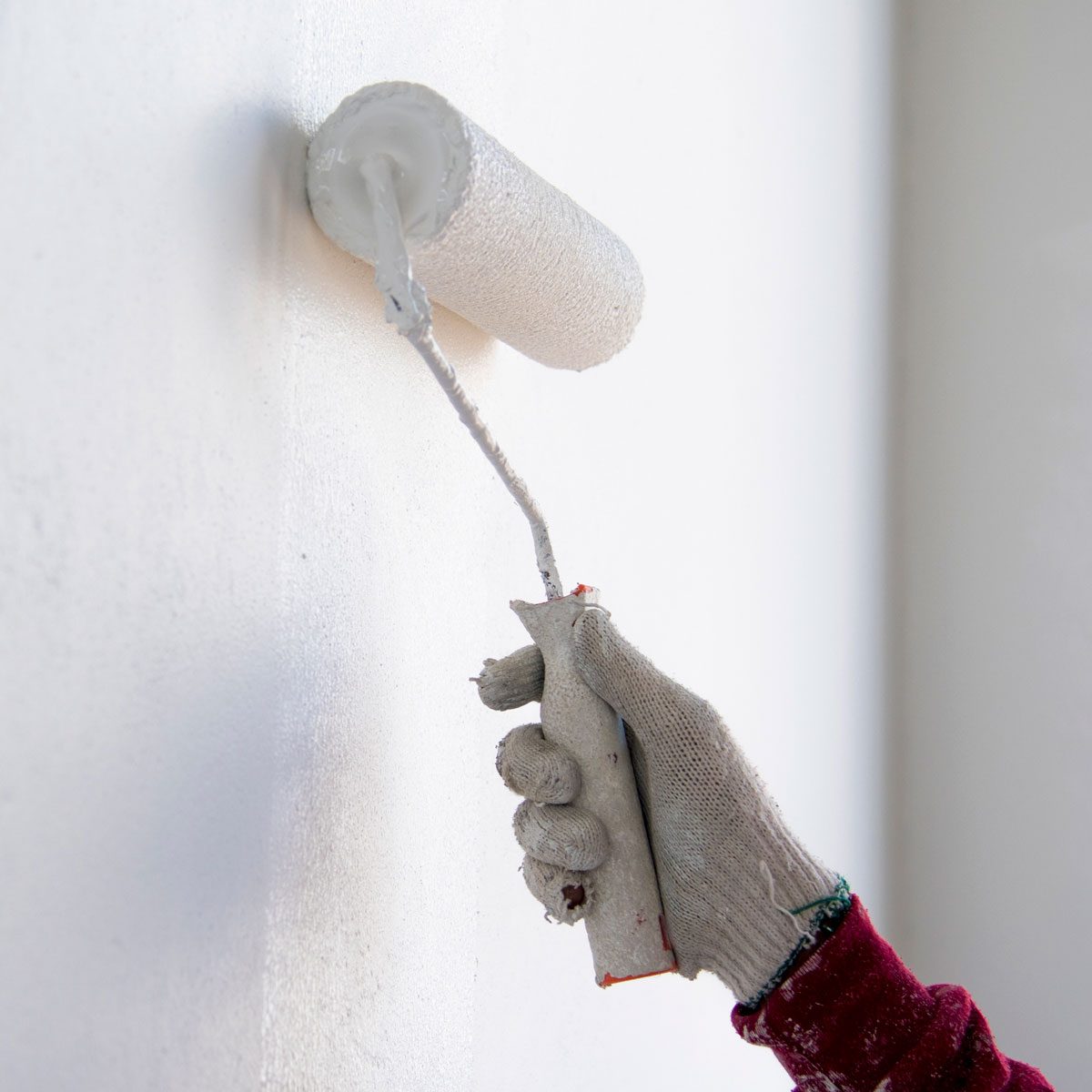People who learn how to become a house painter share a common endpoint: entrance into a rewarding, high-demand career.

How to Become a House Painter

It’s a lot easier to become a house painter than almost anything else in the trades. Regulations and requirements vary widely from state-to-state. Some demand nothing more than a business license, and others up to two years experience and a passing grade on an exam. Even the exam itself varies, from painting-specific to one intended for general contractors.
Next Insurance highlights the licensing requirements in all 50 states for painters, with links to state guidelines.
On This Page
What Does a House Painter Do?
House painters apply paints, stains, wall coverings and ceiling textures in new construction and remodeled spaces. They work on interior and exterior surfaces. In renovation, they may refinish cabinets and paint trim or walls. Painters are also responsible for surface preparation and cleanup.
Although the industry has gone greener in recent years, painters often face regular exposure to volatile organic compounds (VOCs) from paint products and cleaning solvents. In addition, spray guns create small airborne particles that can irritate eyes and lungs, making proper safety gear essential.
Most employers prefer a candidate with a high school diploma or GED and a driver’s license, but these are not required universally. Attention to detail and patience are valuable traits. Color-blindness, as one might imagine, puts one at a disadvantage.
Painter’s Training
According to Nick Slavik of Nick Slavik Painting and Restoration in New Prague, Minn., house painters usually remain non-union, either as sole proprietors or leaders of small companies with a handful of employees. Union apprenticeship represents one pathway into house painting as a trade. For some it leads to painting in commercial settings, such as new apartments and condominiums, schools, office buildings and retail construction.
Trade schools may offer some coursework on painting, but few sponsor a painting-specific program, Slavik says. Otherwise, on-the-job training provides the most common route into the trade.
Some painting business owners like Slavik run in-house apprenticeship programs to bring new painters into the trade. Slavik says that his apprentice painters typically work independently at six months and will lead a crew by one year. While most painting companies offer competent instruction, others ensure apprentices learn how to run a company, from marketing and estimating to records and customer service.
Typical Painter’s Wages
The U.S. Bureau of Labor Statistics lists median wages for a painter at $19.37/hour or $40,280/year. Slavik says that newly-hired painters with no experience typically make $11 to $15 per hour. This relatively low wage can be discouraging to some, especially given the physical demands of the job — climbing ladders, lifting, working overhead, kneeling, bending and reaching. Some rookie painters soon opt for less physically demanding sectors of commerce.
Although the U.S. Bureau of Labor Statistics predicts demand for painters will grow at the standard six percent over 10 years, one painter recently interviewed for a Family Handyman PRO article refused to be named because he already had more job leads than he could schedule. His experience may not be common to all painters, but it demonstrates the potential a well-run painting business can generate.


















